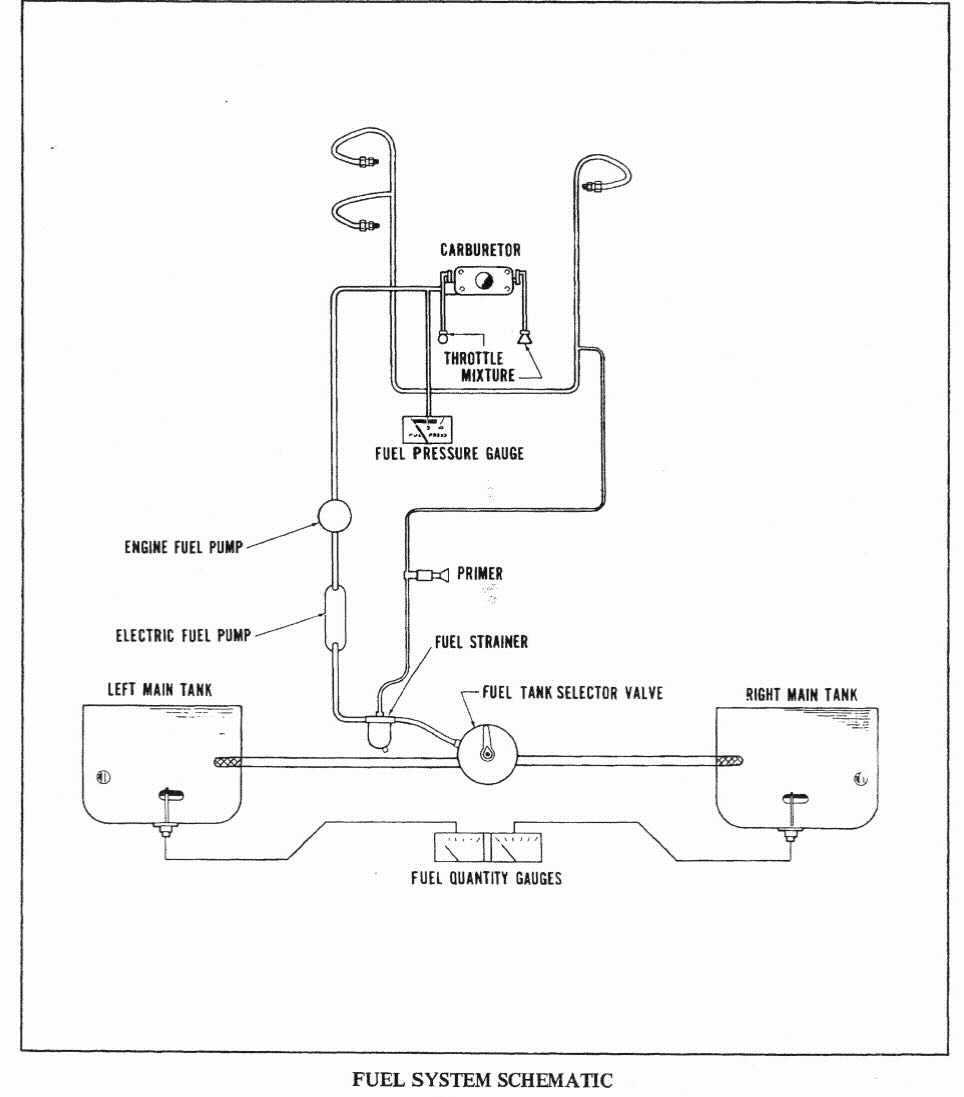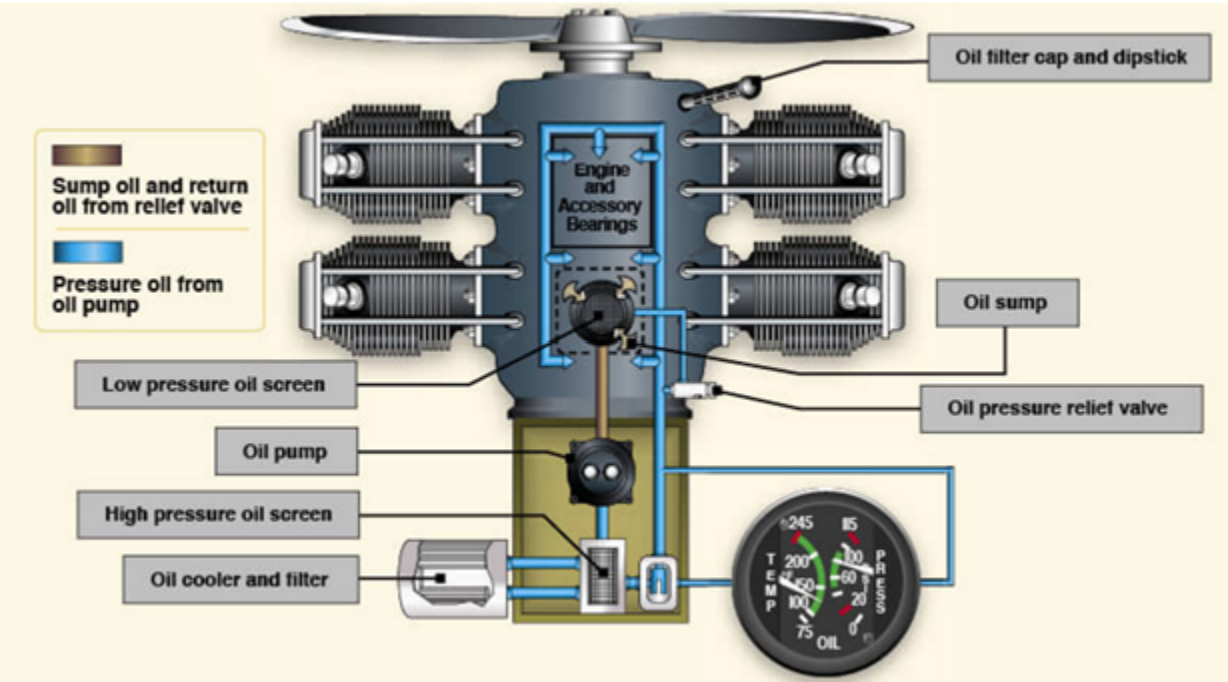Task III.C - Operation of Systems 6 - Fuel and Oil
Lesson Overview
- Objective
-
The student should develop knowledge of the Fuel & Oil systems on the Warrior PA-28-151
- Reference
-
-
(PHAK) FAA-H-8083_25B
-
(AFH) FAA-H-8083-3B
-
PA-28-151 POH
-
- Elements
-
-
Fuel Tanks
-
Oil System
-
- Equipment
-
-
iPad
-
White board and markers
-
- Schedule
-
-
Discuss objectives
-
Review material
-
Development
-
Conclusion
-
- Instructor Actions
-
-
Discuss lesson objectives with student
-
Present the lecture
-
Answer questions the student has
-
Question the student to verify knowledge and note taking
-
Assign certain areas to focus on for homework
-
- Student Actions
-
-
Listen to presentation
-
Take notes on the lesson
-
Ask questions if further explanation is needed or just curious
-
After lesson give a brief explanation of the landing gear (using notes if necessary)
-
- Completion Standards
-
The student should understand the fuel and oil system, know why they are important to keeping the aircraft up and running.
Instructor Notes
- Attention
-
Learning about the aircraft fluids is important to know in order to be safe before & after taking off, during flight, and before and after landing.
- What
-
Fuel systems are the systems that manage, fuel’s storage and delivery into the engine. Oil is required for the engine to stay cool and lubricated.
- Why
-
In order to be a safe pilot, we need to understand how the fuel system works, so that in the event of an emergency we can best detect and debug the situation. Oil is another vital fluid in the aircraft to operate.
Fuel System
The Fuel system is designed to provide an uninterrupted flow of clean fuel from the fuel tanks to the engine. The fuel must be available to the engine under all conditions of engine power, altitude, and during all approved flight maneuvers.
The fuel system consists of a Fuel-Pump System, Fuel Primer, two Fuel Tanks 25 gallons on each side, 24 usable, 50 gallons total (48 total gallons usable), Fuel Selectors (Left, Right, and Off Positions), Fuel Grades which the PA-28-581 requires AVGAS 100 (green color) and AVGAS 100LL (blue color)

Oil Systems
The engine oil system performs several important functions; Lubrication of the engine’s cooling parts, cooling of the engine by reducing friction, removing heat from the cylinders, providing a seal between the cylinder walls and pistons, and carrying away contaminants. The manufacture of the PA-28-151 aircraft requires a minimum of two quarts of oil and between 6-8 quarts as a normal operating range limit.
The oil is routed through 7 main areas of the engine while the engine is in operation:
-
Sump
-
Strainer
-
Pump
-
Thermal by-pass valve
-
Cooler
-
Full flow oil filter
-
Pressure relief valve

Operations
-
Oil is checked to have 6-8 quarts of oil before operation.
-
In Florida climate, we use Shell 5W-30 OIL, with oil changes every 30 hours of Hobbs time.
-
Oil Samples are collected at oil change to identify trends in the engine wear.
-
Signs of oil leaks should be observed during pre-flight.
Conclusion
As you’ve seen and learned from above, it is important to know and understand why and how the fluids of the PA-28-181 work. It is critical to know how much fuel and oil need to be in the aircraft before we take off. Going back to engine cooling, fuel requirements, oil requirements, and understanding is as simple as just being safe and basic aeronautical decision making come into play.
ACS Requirements
To determine that the applicant exhibits instructional knowledge of the elements of principles of flight by describing:
-
Primary and secondary flight controls
-
Trim
-
Powerplant and propeller
-
Landing gear
-
Fuel, oil, and hydraulic
-
Electrical
-
Avionics including autopilot
-
Pitot static, vacuum/pressure and associated instruments
-
Environmental